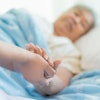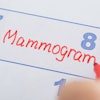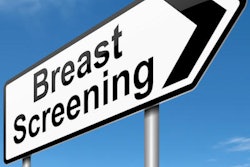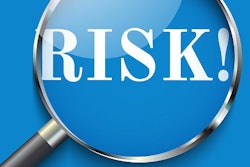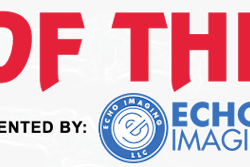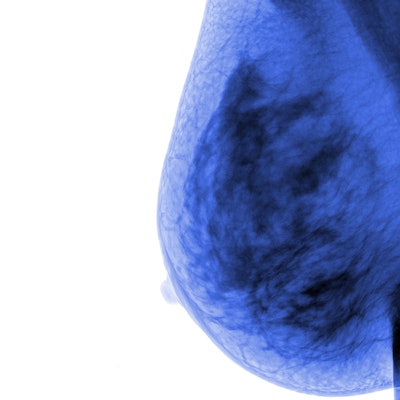
Data from the American College of Radiology's National Mammography Database (NMD) and data from state cancer registries can be successfully linked, which suggests that researchers could get a better sense of the performance of screening mammography, according to a study published online August 9 in the Journal of the American College of Radiology.
The NMD contains almost 20 million exams from 693 facilities in 39 U.S. states and territories. Established in 2008, it collects demographic, imaging, interpretation, biopsy, and pathology results to help facilities and physicians assess the performance of screening mammography, but not treatment or clinical outcomes information.
State cancer registries also collect these data, and if the two could be linked, it would improve the assessment of breast imaging in the U.S., wrote a team led by Dr. Margarita Zuley from the University of Pittsburgh Medical Center.
Accurate assessment of screening mammography is particularly important at a time when its value is under debate, Zuley and colleagues wrote.
"Currently, controversy exists as to the benefits versus risks of screening, and clear assessment of screening performance is not possible in this country, in part because cancer outcomes data are not linked directly to screening data for most of the population," they wrote. "Such linkage would substantially inform decision-making by enabling robust analysis of important currently debated topics, such as effects of screening interval, onset and termination of screening, types of surveillance ... and impact of different therapies."
To this end, Zuley's team sought to assess whether the state and national datasets could be connected. The researchers gathered data from 1,316 patients diagnosed with breast cancer in 2014 and 2015 from the medical center's NMD-approved RIS, and they matched them with patients in Pennsylvania's breast cancer registry using social security numbers, first and last name, and date of birth. They also performed the matching task without patients' social security numbers.
Linkage to the cancer registry was 99.2% successful with social security numbers and 97.3% without, Zuley and colleagues reported. The results show promise not only for using registry data to evaluate mammography screening but also for evaluating other screening tests, such as those for lung or colon cancer.
"Linkage of imaging history to cancer registries will allow a much more direct ... understanding of the role that imaging plays in outcomes from breast cancer," the team concluded. "This proof-of-concept trial has demonstrated that linkage is possible and can be highly successful without substantial manual intervention. With more than 99% of patients successfully paired between the two databases when social security numbers were used and more than 97% pairing without social security numbers, the ability to perform this matching on a much larger scale seems to be feasible."

